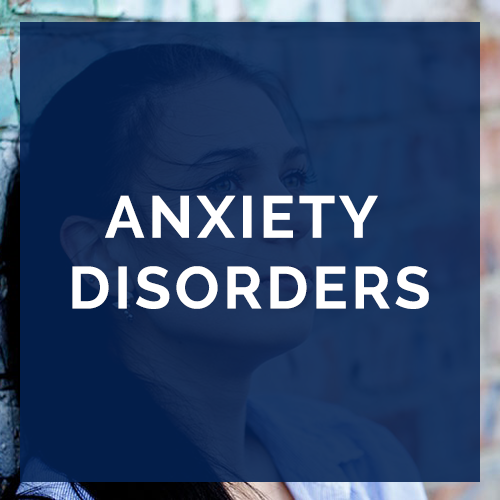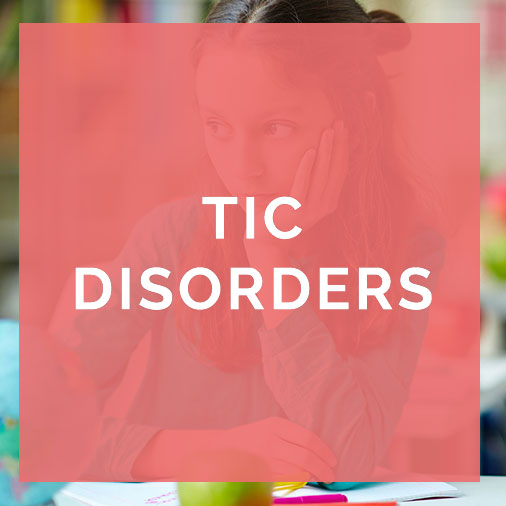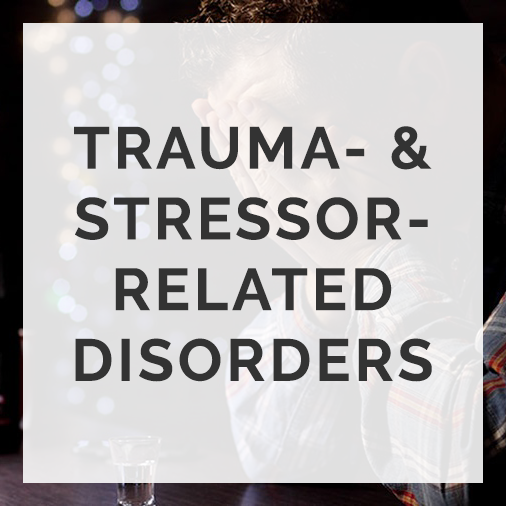People who suffer from hoarding disorder have difficulty discarding or parting with their possessions & when faced with doing so, they experience distress. Because of this distress, individuals with hoarding disorder avoid discarding. Such avoidance results in the accumulation of a large number of items that clutter the living space. Various areas of the home are no longer able to be used for their intended purposes (e.g. the shower may be used as storage space, beds may be buried, kitchen counters and stovetops may be too cluttered for use). Sometimes the clutter causes significant health, fire and safety hazards.
The hoarding behavior causes distress and/or impairment in important areas of functioning such as work, social & conflict with interpersonal relationships.
Individuals with hoarding disorder are typically very sensitive, creative, kind and intelligent people. They don’t acquire and/or avoid discarding their belongings for reasons different from people who do not have a problem with clutter. Their behavior is just more extreme.
Why? Typically, people who develop a problem with hoarding have personal & family vulnerability factors & certain information processing problems that lead to the underlying meanings they associate with their possessions. Acquiring is pleasurable. Letting go or making a decision to let go is anxiety provoking. It’s human nature to avoid things that make us feel bad and to repeat behaviors that make us feel good! Repeating these behaviors (acquiring/escape and/or avoidance of decluttering) is what results in significant amounts of clutter.







 The Maryland Anxiety Center was founded by Andrea G. Batton, LCPC with a vision of creating a practice where clinicians and staff work cohesively and collaboratively with patients to provide optimal psychological care. The Maryland Anxiety Center specializes in the treatment of anxiety and related disorders from a cognitive behavioral perspective, the gold-standard and most effective treatment for such conditions.
The Maryland Anxiety Center was founded by Andrea G. Batton, LCPC with a vision of creating a practice where clinicians and staff work cohesively and collaboratively with patients to provide optimal psychological care. The Maryland Anxiety Center specializes in the treatment of anxiety and related disorders from a cognitive behavioral perspective, the gold-standard and most effective treatment for such conditions.